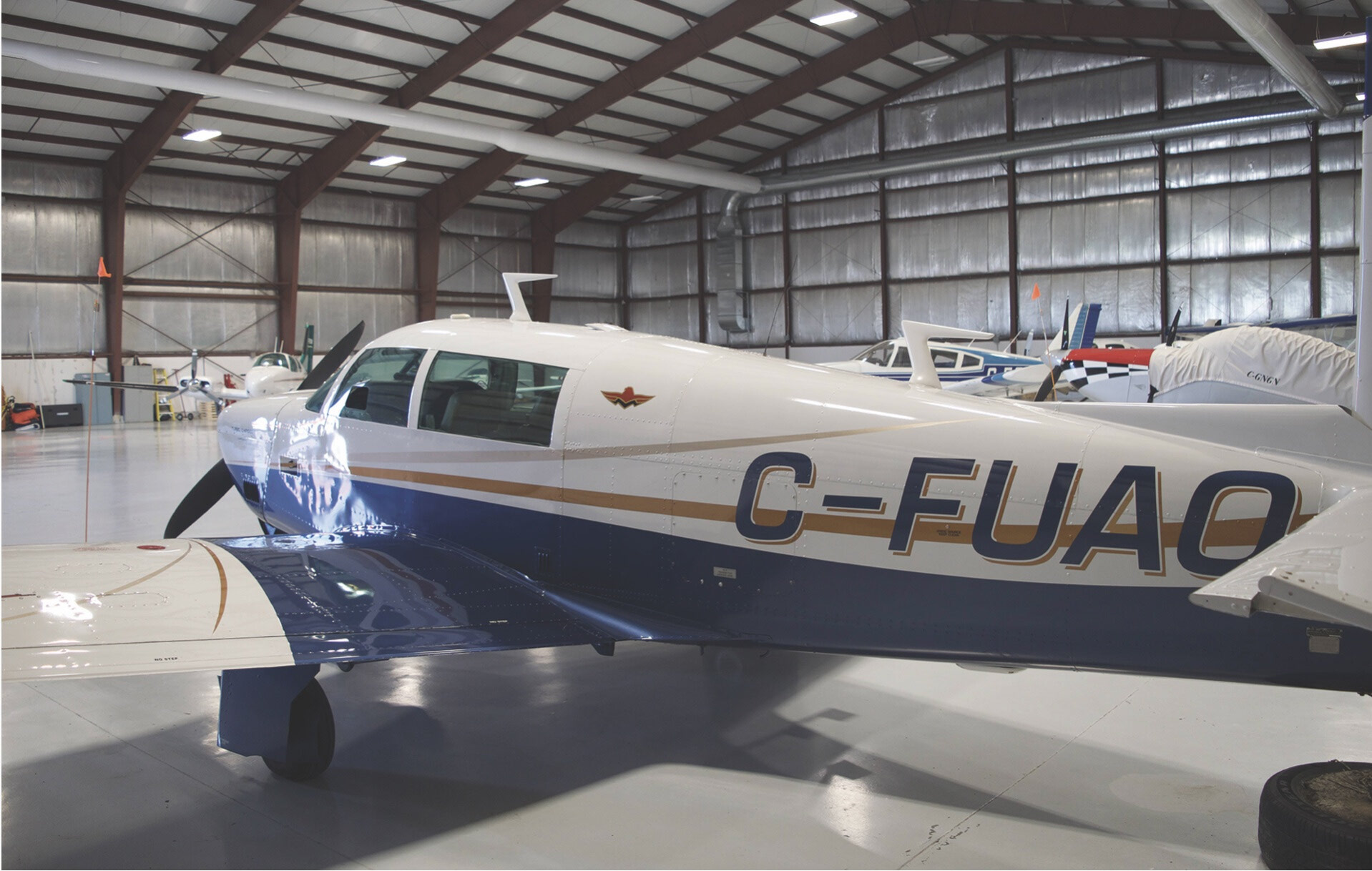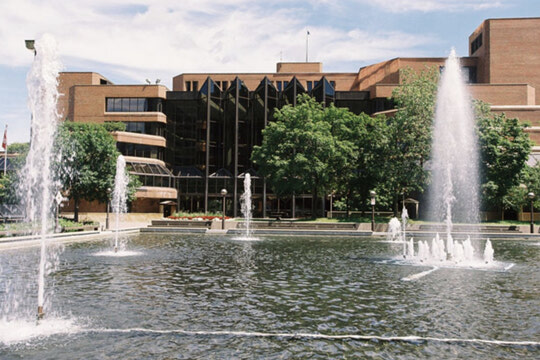International pilot school becomes beckon of economic growth
Grace Richards and Taylor Clark
A little more than a decade after its move to Gatineau, the International Pilot Academy has become a prominent contributor to the area’s economy.
Since opening its doors at the Carp Airport in 2011 and later moving to Gatineau in 2015, the pilot academy has attracted students from all over the country and has even caught the eye of international pilot students. Of its annual 260 students, 80% have travelled from other countries to attend the academy.
The International Piloting Academy stands out among the three aviation schools found at the Gatineau-Ottawa Executive Airport, thanks to its partnership with the Cégep Heritage College that ensures recognized training for students.
President and chief executive officer of the academy, Jules Selwan, shared with our newsroom how the academy’s variety of programs have attracted a diverse group of students, who moved to the Rivière-Blanche district of Gatineau to attend the esteemed school.
“We have every single program offered by Transport Canada except one, which is the recreational pilot permit. We don’t have it on our certificate, but it doesn’t mean we cannot offer it,” said Selwan.
Along with training to become a commercial or private pilot, the academy offers several other training courses allowing students to acquire a specific qualification or license. Selwan said most of the graduates go on to work for small or major airlines in Canada or internationally.
This was the beauty of the academy, said Lucerne district councillor Gilles Chagnon, who sits on the Corporation de l’aéroport exécutif de Gatineau-Ottawa, which has been responsible for the management, promotion and operation of the airport since 2004.
“They’re really on their own, this company, and that’s why there’s a lot of students coming from other countries because once they get the course, they go back to their home. They can fly Lufthansa; they can fly wherever they want,” said Chagnon.
Seen as an economic hub to the community, the Lucerne district councillor advocated for further investment into the airport which would further the aviation schools and help stimulate the regional and provincial economies.
With programs averaging a duration of 18 to 24 months, a third-party analysis by Raymond Chabot Grant Thornton projected the economic impact of the aviation students in Gatineau totaled $4.7 million. These benefits were mainly from wages, salaries, and other operating surpluses.
Services other than public were responsible for more than $4 million in economic benefits with real estate landlords and public transportation services reaping most of the benefits at $1.7 million and $350,000, respectively.
Spending by aviation students also supported direct or indirect jobs by 65% of the total number, demonstrating the extent of the effects the students have in the region.
With the Ville de Gatineau only contributing $335,000 to the airport annually, Chagnon would see an increase in investment.
“We’d like to see more because there are operational costs … There are discussions about how we can grow the airport. Our major focus right now is on the students.”
Photo caption: Aviation students with the International Pilot Academy contribute to $4.7 million brought in by students of the three aviation schools located at the Gatineau-Ottawa Executive Airport.
Photo credit: Taylor Clark





